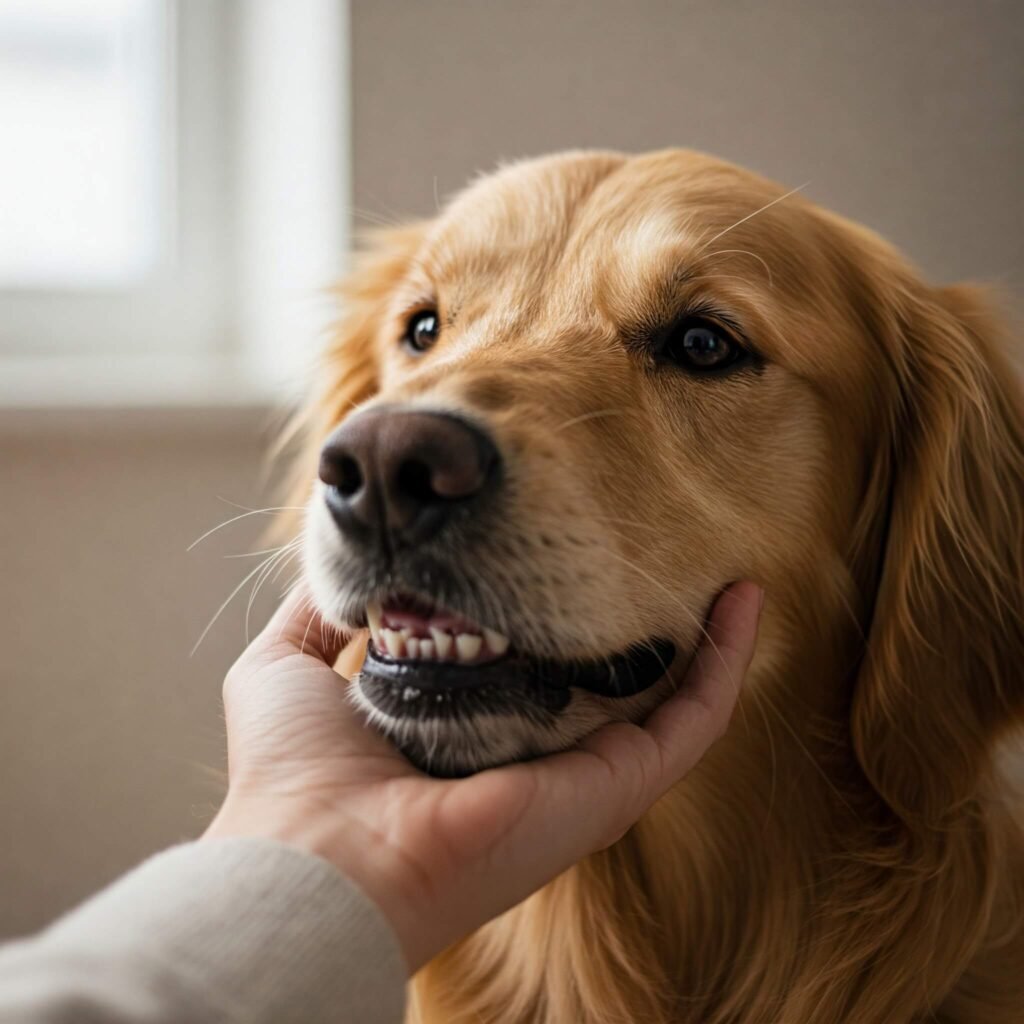Firstly, keeping up with pet teeth cleaning can feel like a battle, but indeed, a healthy mouth is crucial for your furry friend’s overall well-being. In fact, poor dental hygiene can lead to painful infections, tooth loss, and even systemic health issues. Therefore, with a little patience and the right techniques, you can ensure your pet’s pearly whites stay sparkling without causing stress for either of you.

Why Regular Pet Dental Care is Essential
Essentially, just like humans, pets accumulate plaque and tartar, which can lead to periodontal disease. According to the American Veterinary Dental College, periodontal disease affects a significant portion of pets by the age of three. Reference Link: avdc.org Consequently, regular pet teeth cleaning prevents this buildup, reducing the risk of pain and costly veterinary procedures.
- Specifically, it prevents bad breath.
- Moreover, it reduces the risk of gum disease.
- Additionally, it protects against systemic health issues.
- Ultimately, it maintains overall quality of life.
Gentle Techniques for Pet Teeth Cleaning
To begin with, making pet teeth cleaning a positive experience is key. Thus, start slow and gradually introduce your pet to the process.
1. Gradual Introduction to Touch:
- Initially, begin by gently touching your pet’s lips and gums.
- Subsequently, reward them with treats and praise.
- Then, gradually increase the duration of contact.
2. Choosing the Right Tools:
- Notably, use a pet-specific toothbrush and toothpaste. Human toothpaste contains ingredients that are toxic to animals.
- For example, finger brushes or gauze pads can be a good starting point for sensitive pets.
- Alternatively, consider dental wipes for a quick clean.

3. The Brushing Process:
- First, apply a small amount of toothpaste to the brush.
- Next, gently lift your pet’s lip and brush in small, circular motions.
- Then, focus on the gum line, where plaque tends to accumulate.
- Finally, keep sessions short and positive.
4. Alternative Pet Teeth Cleaning Methods:
- For instance, dental chews can help reduce plaque and tartar buildup. Look for Veterinary Oral Health Council (VOHC) approved chews. Reference Link: vohc.org
- Also, dental diets, which are specially formulated foods, can help scrape away plaque as your pet chews.
- Additionally, water additives can help reduce bacteria in your pet’s mouth.
Establishing a Routine for Pet Teeth Cleaning
Indeed, consistency is crucial for effective pet teeth clean. Therefore, aim to brush your pet’s teeth daily or at least several times a week.
- Firstly, choose a consistent time of day.
- Secondly, create a calm and relaxed environment.
- Finally, make it a positive experience with treats and praise.
When to See a Veterinarian for Pet Teeth Cleaning
While home care is essential, professional cleanings are also necessary. In particular, look for signs of dental problems:
- Specifically, bad breath.
- Also, red or swollen gums.
- Then, loose teeth.
- Likewise, difficulty eating.
- Lastly, excessive drooling.

Maintaining Optimal Pet Oral Hygiene
Ultimately, effective pet teeth cleaning goes beyond just brushing. Thus, combine brushing with dental chews, diets, and regular veterinary check-ups for the best results.
- Specifically, regular veterinary dental check-ups.
- Moreover, consistent home brushing.
- Also, using VOHC-approved dental products.
In conclusion, by incorporating these tips into your routine, you can keep your pet’s smile bright and healthy, ensuring their comfort and well-being.

